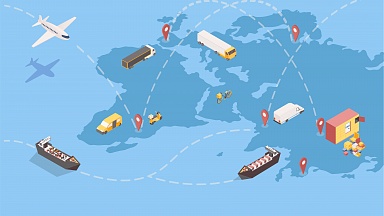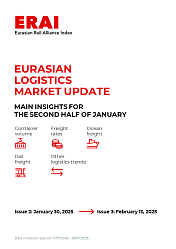In recent years, the dominant US-China axis has fractured into multiple constellations, each centred on a major power: the United States, China, and Germany. Meanwhile, India, Türkiye, Vietnam, and the UAE have joined the ranks of the largest trade players, each acting as a hub to varying degrees. Other rising stars, including Poland, Indonesia, Saudi Arabia, and Brazil, have significantly benefited from deeper trade ties with one of these constellations (Poland within the EU; the others with China).
The continued regionalisation of trade is likely to further fracture the existing trade flows, ultimately shaping a new constellation. The most probable candidates for its central star are India or Indonesia, given their population size and demographic prospects. India, with its larger population, is more attractive to the United States as a counterbalance to China. Indonesia, meanwhile, benefits from its membership in ASEAN, the most dynamic integration group of our time. Yet the new constellation may incorporate both India and most major ASEAN countries: a revised trade agreement between these nations, expected in 2025, aims to rebalance trade, improve market access, and advance cooperation in semiconductors. This could lay the foundation for the region’s economic growth over the next 15–20 years. For Russia, closer engagement with this region is a strategy worth considering. With its trade ties to the EU severed and renewed cooperation with China increasingly resembling a one-way street, stronger trade links with India and ASEAN would significantly diversify Russia’s exports and imports, and, in the long term, provide a new impetus for trade growth.
For Russia, attempting to forge its own constellation appears unviable for two key reasons. First, its most natural partners — the CIS economies — remain substantially smaller than Russia (as of 2023, Russia’s GDP PPP represented 77 percent of the CIS total). This imbalance would render any such constellation asymmetrical, with smaller members reaping greater benefits while Russia primarily gains diversified supply routes and reduced risks to political stability in the region. The Eurasian Economic Union might be considered a prototype of such a constellation, but it remains a regional bloc rather than as a constellation with genuine global reach.
Second, a strong constellation requires a truly expansive market for its goods: China emerged as a major trade hub precisely because of soaring demand first for resources, then for a broad range of consumer products. It is possible to develop such a market in the long term, given exceptionally favourable demographic trends and rising living standards. Specifically, an equivalent effect — market growth of one-third — would require either a one-third increase in the CIS population or per capita GDP PPP across CIS nations reaching Russia’s current level. For these two reasons, both Russia and other CIS countries have increasingly gravitated towards large groups of partner countries, particularly China, in recent years.




